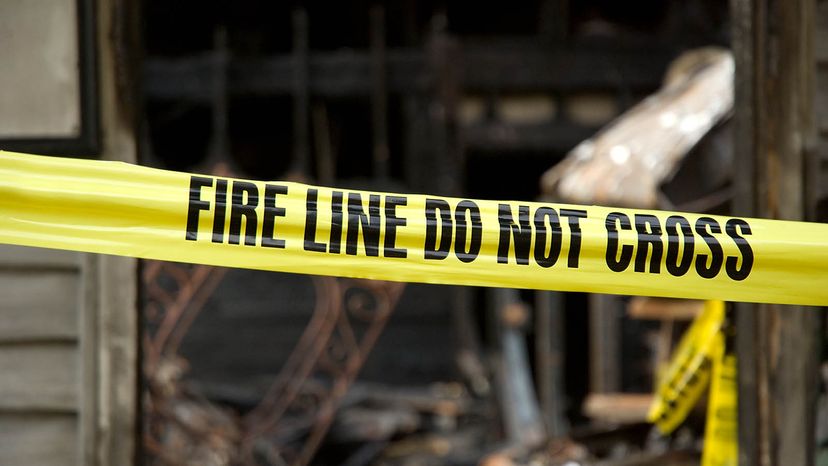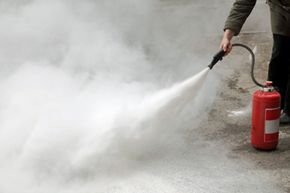
Have you ever stopped to think about watching your house go up in flames, and your whole life disintegrate into ash and soot? If you answered no, there's a reason for that: It's too horrifying for words. For many of us, our home is an extension of ourselves. It's a place where memories are made, a refuge from the craziness of the outside world and a sanctuary for the things and people we love. How could we ever imagine watching it go up in flames?
Statistically, it's unlikely that you'll ever be faced with having to evacuate a fire in your home. But the problem is you really never know if you will become one of the statistics. You could continue your habit of doing all of the things that you should do to ensure you run a safe household, but despite all of your fire safety procedures, lightning could strike your roof, igniting a fire. Or a faulty wire could spark and ignite some insulation in your attic.
Advertisement
Unfortunately, whether or not a fire could start in your house is never completely within your control. But the plan you have in place to respond to an emergency like this is something that you can. Read on for important tips on developing a fire safety plan for your family and home.

